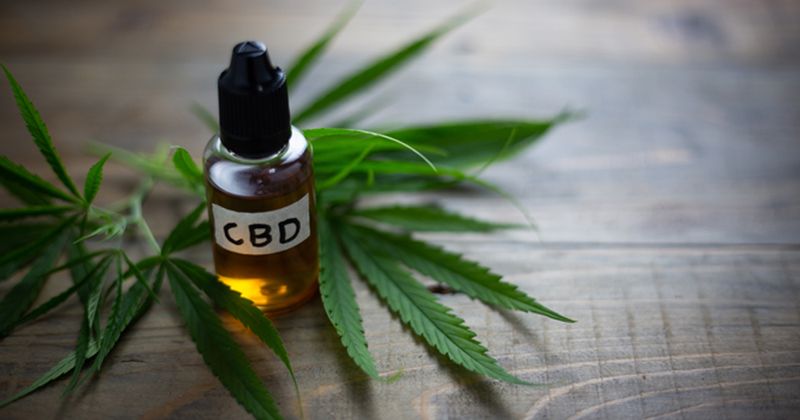Combination of vaporized THC, CBD most effective at 2 hours for acute migraine
Key takeaways:
- A mixture of THC and CBD was most efficacious for acute migraine treatment.
- Adverse events were minimal, with no serious adverse events reported.
SAN DIEGO — A vaporized combination of THC and CBD was the most efficacious of four cannabis choices for acute moderate to severe migraine at 2 hours, according to an expert at the American Headache Society Annual Scientific Meeting.
“We enrolled patients, some of whom did have experience with cannabis,” Nathaniel Schuster, MD, an associate clinical professor of anesthesiology at the University of California, San Diego, told attendees. “Thirty-five point-nine percent reported never having used cannabis in their lives.”

Schuster and colleagues sought to examine safety and efficacy of cannabis in various combinations to ameliorate moderate to severe migraine attacks.
They conducted a randomized, double-blind, placebo-controlled crossover clinical trial at UCSD between November 2020 and February 2023, which included 92 individuals (median age 41 years; 82.6% female).
Each participant was permitted to treat up to four separate and distinct migraine attacks with each of four treatments in a randomized, double-blinded order (6% THC; THC/CBD mix; 6% THC, 11% CBD; 11% CBD; placebo cannabis) with four puffs utilizing a portable vaporizer. Each treatment would occur within the first 4 hours of a migraine attack, followed by a 2-hour efficacy survey during which pain relief, pain freedom and freedom from the most bothersome symptom were recorded. Participants would be allowed their usual standard-of-care rescue medication but not a repeat dose of the study-grade cannabis; a washout period of at least 1 week had to elapse between each treated migraine attack.
According to results, at 2 hours, 6% THC registered the highest efficacy at 68.9%, with the THC/CBD mix the next highest at 67.2%; the THC/CBD mix registered the highest level of pain freedom at 34.5% with 6% THC the next highest at 27.9%; the THC/CBD mix recorded the highest MBS freedom at 60.3% with 6% THC the next highest (47.5%).
Over the course of 48 hours, the THC/CBD mix recorded the highest percentage of sustained pain freedom (appx. 23%), with the 6% THC and 11% CBD registering roughly 15%.
At 1 hour post dose, the THC/CBD mix recorded the highest mean score of patient-recorded highness (2.4 on scale of 0 to 10), but 6% THC recorded the highest mean score (2.4) at 2 hours.
Schuster noted that the total number of adverse events were minimal across all four cannabis choices and recorded no serious adverse events.
“Future steps will include a multicenter study to verify whether these results are repeatable and to learn the effects of long-term treatment,” he said.

